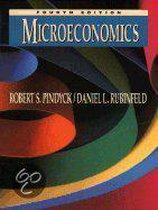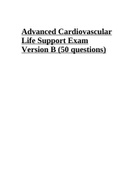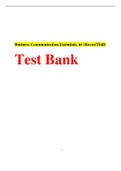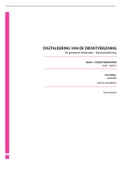Resume
Summary Intermediate Microeconomics- BA2, Business Economics
- Établissement
- Vrije Universiteit Brussel (VUB)
- Book
- Microeconomics
This is a summary for the course Intermediate Microeconomics for the second semester of the second bachelor of the the study business Economics at the VUB. The summary is based on lectures, notes and the textbook.
[Montrer plus]








